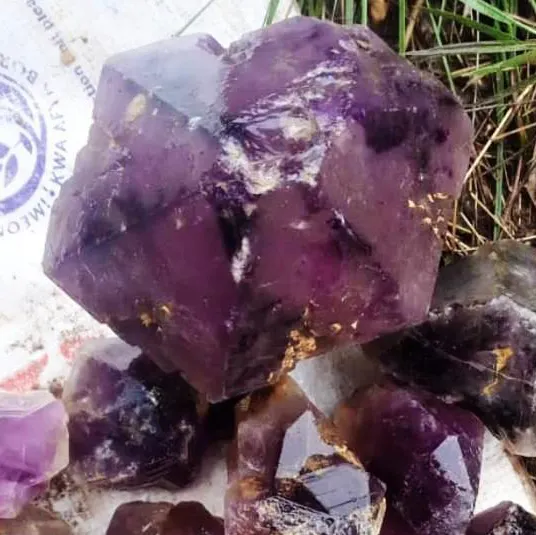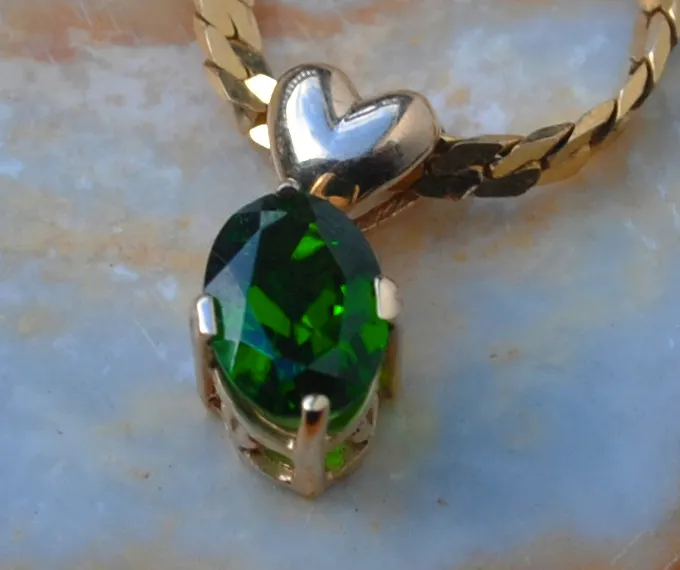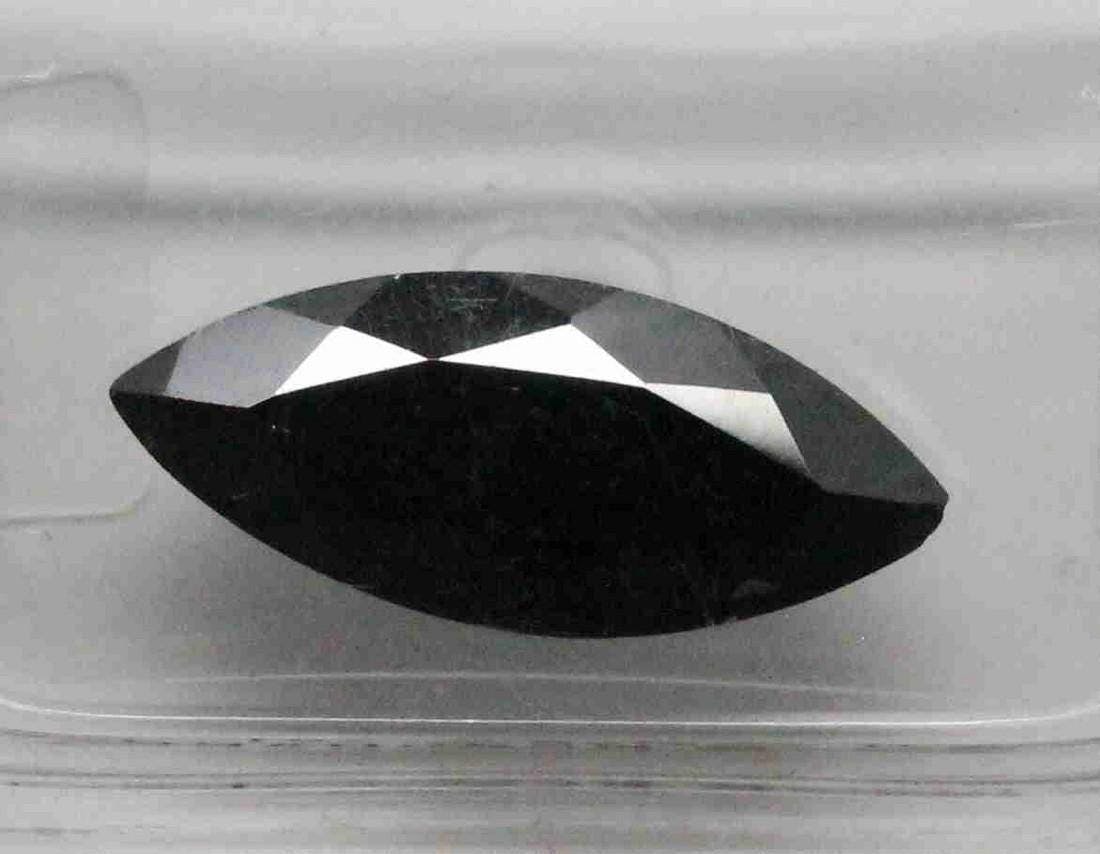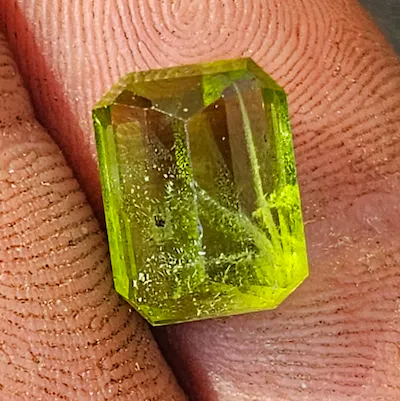News
Is a Lab-Created Emerald a Real Emerald?
Are lab-created emeralds the same as natural emeralds? This is a common question among jewelry buyers, and it’s important to know the facts before making a purchase. Lab-created emeralds are indeed real emeralds, but they are not natural. The process of creating synthetic emeralds in labs is costly and time-consuming, resulting in a lower yield of facetable material. While lab-created emeralds share the same properties as natural emeralds, they are significantly less expensive. If you’re considering buying an emerald pendant, it’s crucial to weigh your desire for a natural gem against your budget. Just remember to avoid jewelers who may mislead you and explore your options wisely.
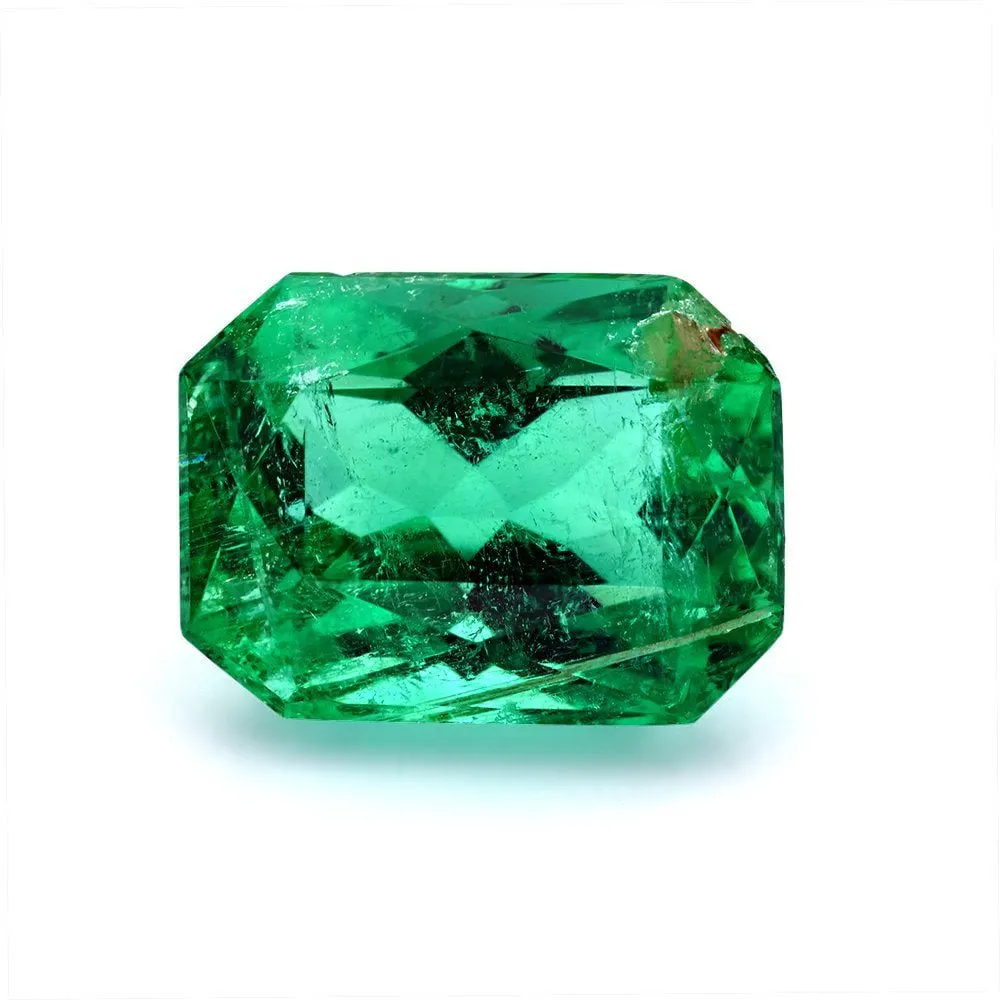
Is a Lab-Created Emerald a Real Emerald?
What’s the difference between a lab-created emerald and a natural emerald?
When it comes to lab-created emeralds and natural emeralds, there are a few key differences to consider. Lab-created emeralds, as the name suggests, are made in a laboratory using advanced techniques. On the other hand, natural emeralds are formed deep within the Earth over millions of years.
Is a synthetic gem a real gem?
While a lab-created emerald is indeed a real emerald, it is important to note that it is not a natural emerald. Synthetic gems, including lab-created emeralds, possess the same chemical, physical, and optical properties as their natural counterparts. So, in terms of appearance and characteristics, a synthetic emerald can be indistinguishable from a natural one.
Learn the facts before you buy emerald jewelry.
When considering whether to purchase a lab-created emerald or a natural emerald, it ultimately comes down to your personal preferences and budget. Synthetic emeralds are significantly less expensive than natural emeralds, making them an attractive option for those on a budget. However, if you are seeking an authentic, one-of-a-kind gemstone with a rich history, a natural emerald may be more desirable to you.
Synthetic and Natural Gems Have the Same Properties
One of the most frequently asked questions when it comes to synthetic gems is whether they have the same properties as natural gems. In the case of lab-created emeralds, the answer is yes. Synthetic emeralds have the same chemical composition, physical characteristics, and optical properties as natural emeralds. This means that they possess the same vibrant green color and coveted brilliance that makes emeralds so sought after. So, whether you choose a lab-created emerald or a natural emerald, you can be confident that you are getting a gemstone with stunning beauty and impressive properties.
Synthetics are Much Less Expensive Than Natural Gems
One of the major advantages of lab-created emeralds is their significantly lower price compared to natural emeralds. Natural emeralds are rare, and their rarity drives up their value. This means that natural emeralds can be quite expensive, especially if you are looking for a high-quality stone with minimal inclusions and a deep, vivid green color. On the other hand, lab-created emeralds are more affordable due to their synthetic nature. If you are on a budget or simply looking for a more cost-effective option, a lab-created emerald may be the perfect choice for you.
Emerald Value, Price, and Jewelry Information
When it comes to the value and price of emeralds, there are several factors to consider. Natural emeralds are generally more valuable than lab-created emeralds due to their rarity and natural formation process. The value of a natural emerald is determined by various factors, including color, clarity, and size. High-quality natural emeralds with intense color and minimal inclusions can command a high price in the market. On the other hand, lab-created emeralds are more affordable, making them a great option for those who want the look of an emerald without breaking the bank.
In terms of jewelry, emeralds are often set in precious metals such as gold or platinum to enhance their beauty. Emerald jewelry is timeless and can be passed down as heirlooms for generations. Whether you choose a lab-created emerald or a natural emerald, the beauty and elegance of an emerald piece of jewelry are undeniable.

Seven Famous Emeralds and Their Stories
Emeralds have captivated people for centuries, and some emeralds have gained significant fame due to their remarkable stories. Let’s explore seven famous emeralds and the fascinating tales behind them:
-
The Chalk Emerald – This 37.82-carat emerald is known for its vibrant green color and exquisite craftsmanship. It was once owned by Indian royalty and is now housed at the Smithsonian National Museum of Natural History.
-
The Mogul Mughal Emerald – This 217.80-carat emerald is believed to have belonged to Mughal Emperor Shah Jahan, who famously built the Taj Mahal. It represents the opulence and grandeur of the Mughal dynasty.
-
The Bahia Emerald – With an impressive weight of 752 pounds, this emerald is one of the largest in the world. However, its journey has been marred by legal disputes and controversies.
-
The Duke of Devonshire Emerald Parure – This stunning emerald jewelry set was created for the Duchess of Devonshire in the 19th century. It includes a necklace, tiara, earrings, and brooch, all adorned with emeralds of exceptional quality.
-
The Patricia Emerald – Weighing in at 632 carats, this emerald is known for its exceptional clarity and vibrant green color. It has passed through the hands of various owners, including Elizabeth Taylor.
-
The Gachalá Emerald – This 858-carat emerald was discovered in Colombia in 1967. It is named after the town where it was found and is considered one of the finest emeralds in the world.
-
The Idaho Emerald – Discovered in the 1860s in Idaho, this emerald is significant because it challenged the belief that emeralds could only be found in certain regions. It opened up new possibilities for emerald mining.
Each of these famous emeralds carries a unique story that adds to the allure and mystique of this precious gemstone.
Emerald Origins: History and Identification
Emeralds have a rich history that spans thousands of years. They have been treasured by numerous civilizations, including the Ancient Egyptians, Greeks, and Romans. The vibrant green color of emeralds has long symbolized fertility, rebirth, and eternal love.
Emeralds are primarily sourced from countries such as Colombia, Brazil, Zambia, and Afghanistan. Each region has its own unique characteristics and qualities when it comes to emerald mining. Colombian emeralds, known for their intense green color, are widely regarded as some of the finest in the world.
Identifying a natural emerald involves examining various factors, including color, clarity, cut, and carat weight. Emeralds can range in color from light green to deep, intense green. Inclusions, or internal characteristics, are also common in emeralds and can affect their clarity. The cut of an emerald plays a significant role in bringing out its beauty and enhancing its brilliance. Carat weight determines the size and overall value of an emerald.
By understanding the history and identification of emeralds, you can make an informed decision when selecting this gemstone for your jewelry.

Emerald Transformation: Cleaning and Recutting a Natural Emerald
Natural emeralds, like any gemstone, may require cleaning and recutting to bring out their full potential. Over time, emeralds can accumulate dirt and oils, diminishing their brilliance. Cleaning a natural emerald requires delicacy and expertise to ensure that the gemstone is not damaged during the process.
Recutting an emerald involves reshaping the gemstone to enhance its beauty and maximize its value. This process requires skill and precision to create the desired shape and facets while retaining as much carat weight as possible.
It is important to consult a knowledgeable gemologist or jeweler before attempting to clean or recut an emerald. They can provide guidance based on the specific characteristics of your emerald to ensure that you achieve the best results.
More Articles
If you’re interested in learning more about emeralds and other gemstones, the International Gem Society offers a wide range of articles and resources. From detailed gemstone encyclopedias to guides on gem pricing and identification, you can find the information you need to expand your knowledge and make informed decisions.
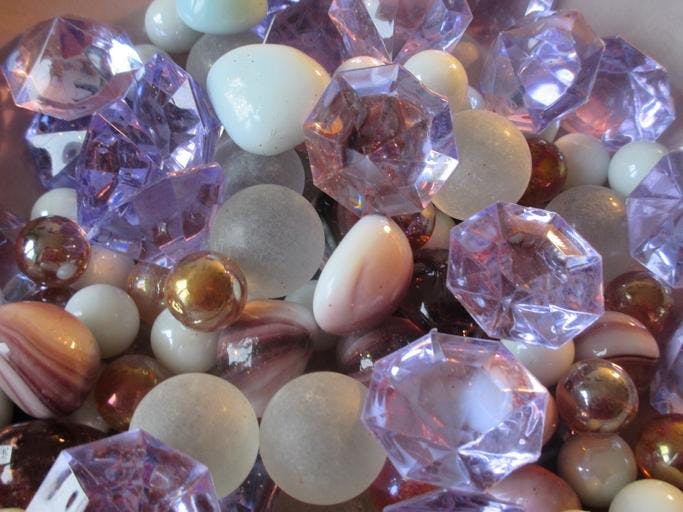
16 Famous Opals and Their Amazing Stories
Opals, with their mesmerizing play-of-color, are another gemstone with a rich history. The International Gem Society explores sixteen famous opals and the captivating stories behind them. From the famous Olympic Australis opal to the stunning Aurora Australis opal, these gems have captured the imaginations of people around the world.
About the International Gem Society
The International Gem Society (IGS) is a trusted resource for gem professionals, enthusiasts, and those seeking in-depth knowledge about gemstones. With a focus on education and expertise, IGS provides a wide range of resources, including gemological information, jewelry and lapidary guides, and price guides for various gemstones.
Whether you are a gem enthusiast, a jewelry lover, or a professional in the gem industry, IGS offers valuable insights and resources to help you navigate the world of gemstones and make informed decisions. With a commitment to quality and accuracy, IGS is your go-to source for all things related to gemology and gemstones.
